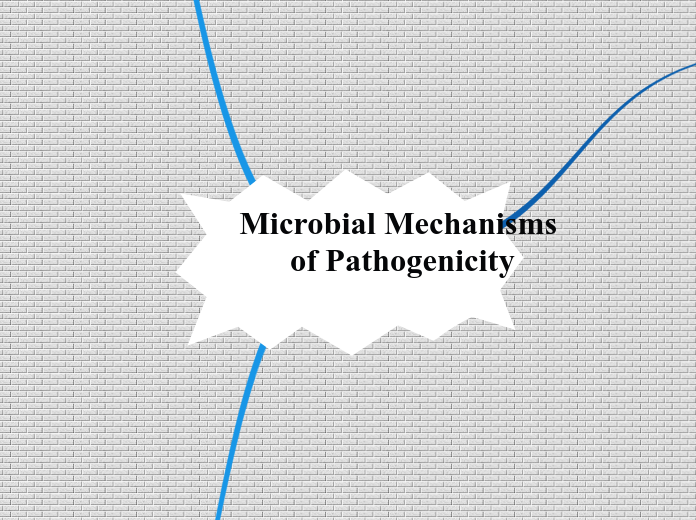realizată de Hend Montaseb 6 ani în urmă
225
Microbial Mechanisms of Pathogenicity

realizată de Hend Montaseb 6 ani în urmă
225

Mai multe ca acesta
lysis the host cells
Disrupting phospholipid bilayer
Making protein channels
B-part (the binding)
A-part (enzyme)
Streptococcus pyogenes
Escherichia coli
Streptococcus mutans
Subtopic
multiple portal of entry
inhaled
swallowed
njections
wounds
hair follicles
sweat gland ducts
respiratory tract
gastrointestinal tract